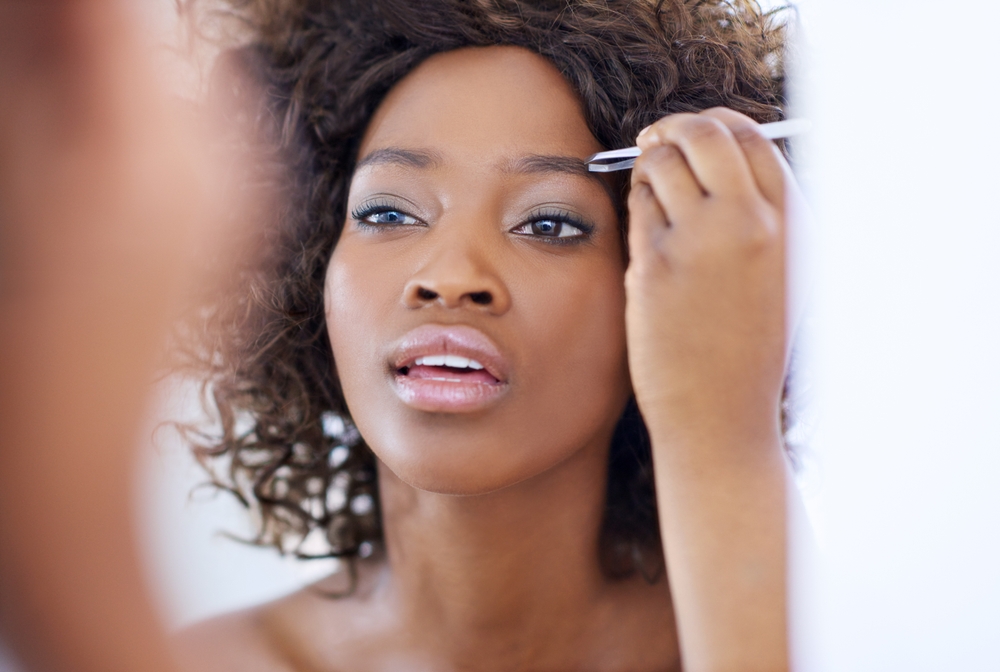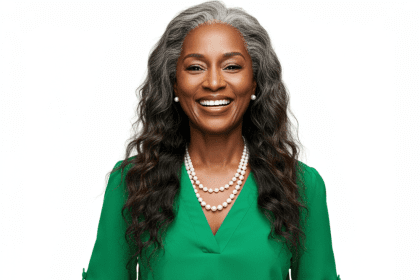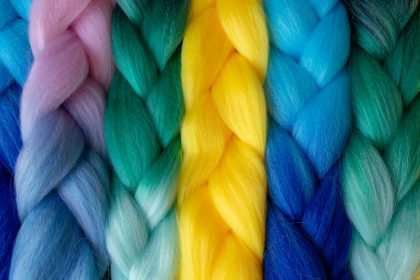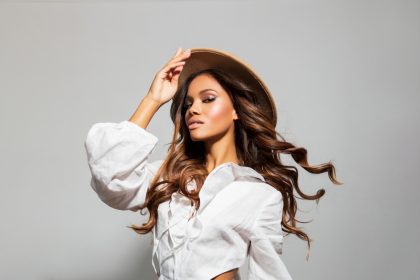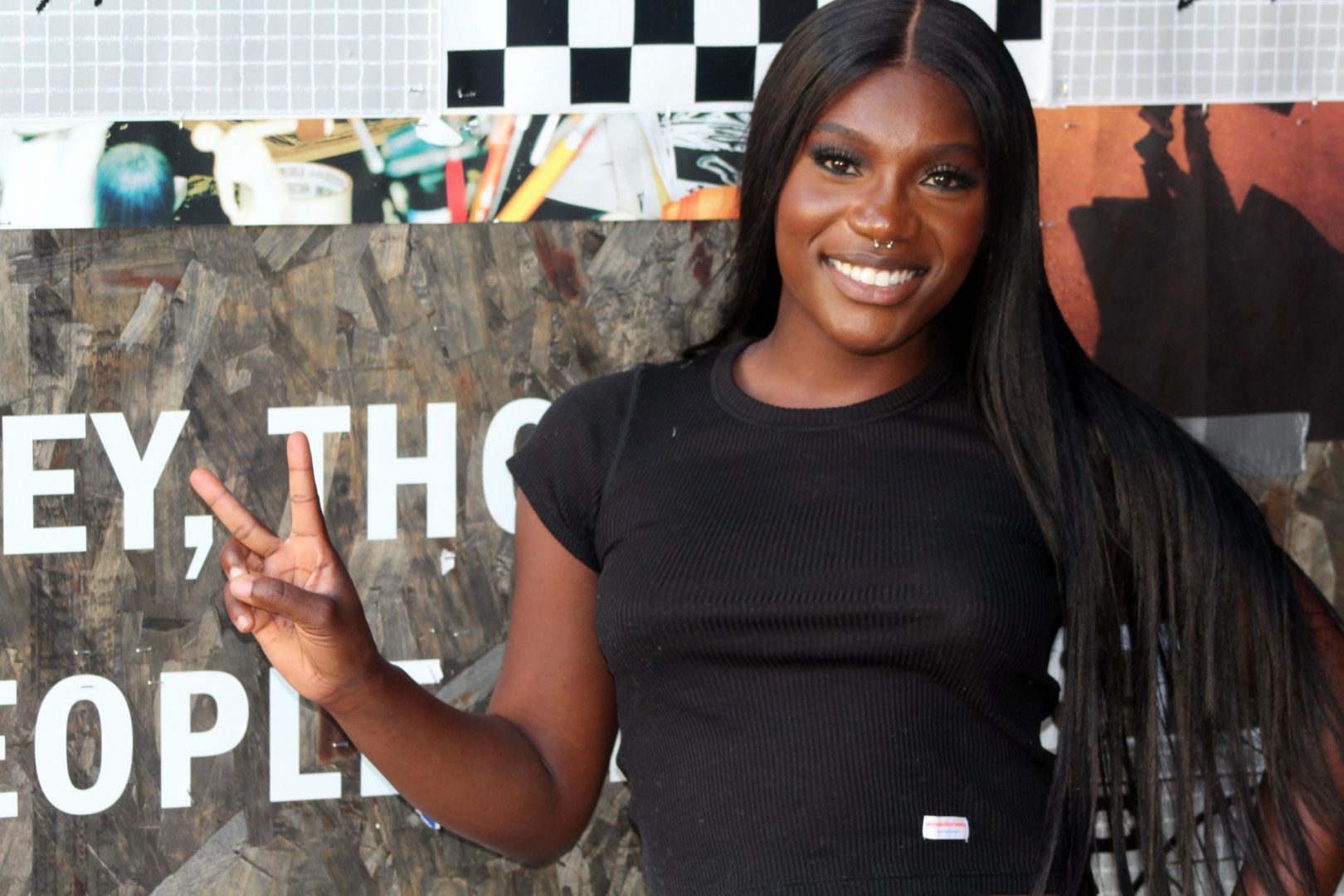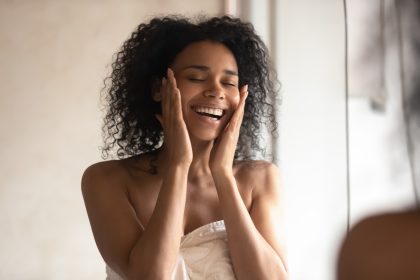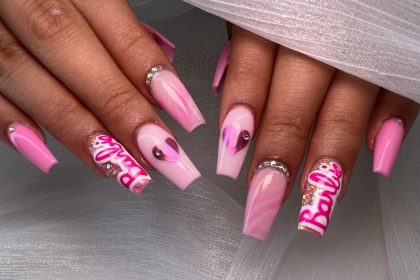The practice of eyebrow grooming has evolved from simple maintenance to an intricate part of personal identity. For some women, this routine extends beyond typical grooming into a complex behavior that merits deeper understanding. From beauty standards to emotional triggers, the reasons behind eyebrow pulling reveal layers of psychological and social influences.
Beauty standards and social pressure
Modern beauty ideals place significant emphasis on perfectly shaped eyebrows. Social media feeds, beauty magazines, and influencer content showcase meticulously groomed brows, creating intense pressure for precise appearance. This constant exposure to “perfect” eyebrows can transform routine grooming into obsessive behavior.
The rise of social media has intensified these pressures, with filtered photos and edited images setting unrealistic standards. Celebrity beauty trends frequently highlight immaculate eyebrows, leading many women to scrutinize their own appearance more closely. The beauty industry further amplifies these expectations through marketing that promotes flawless, symmetrical brows as the ideal.
Beyond surface-level grooming
While many assume eyebrow pulling stems purely from beauty maintenance, the behavior often indicates deeper emotional patterns. Some women develop this habit as a response to stress, anxiety, or emotional overwhelm. The repetitive nature of pulling can provide a temporary sense of control or relief during challenging times.
This behavior, known as trichotillomania when it becomes compulsive, often begins during periods of significant life changes or increased pressure. Work stress, relationship challenges, or personal uncertainties can trigger or intensify the urge to pull. The act itself might start as casual grooming but can evolve into a coping mechanism for managing difficult emotions.
The emotional impact
The aftermath of eyebrow pulling creates complex emotional responses. Initial relief or satisfaction from the pulling action often gives way to regret and shame, particularly when visible changes occur. Women may experience anxiety about their appearance, leading to decreased self-confidence in social and professional settings.
This emotional toll can extend beyond personal feelings to affect relationships and daily activities. Some women report avoiding social gatherings, feeling self-conscious in professional environments, or spending excessive time and money trying to conceal the effects of pulling. The cycle of pulling, regret, and concealment can become emotionally exhausting.
Understanding triggers and patterns
Common situations that prompt eyebrow pulling often relate to specific emotional states or environmental conditions. Many women report increased pulling behavior during late-night hours, while studying or working, or in response to criticism. Understanding these patterns proves crucial for developing effective management strategies.
The behavior might intensify during periods of high stress, perfectionist tendencies, or social pressure. Recognition of these triggers allows for more targeted intervention and support. Some women find that certain environments or activities make them more prone to pulling, while others notice patterns related to their emotional state.
Finding effective support
Addressing eyebrow pulling requires a comprehensive approach that considers both emotional and practical aspects. Professional support through behavioral therapy or counseling can help identify underlying causes and develop healthy coping mechanisms. Support groups and community resources provide valuable connections with others who share similar experiences.
Practical strategies might include developing new grooming routines, learning stress management techniques, or exploring protective styling options. The goal involves finding balanced approaches that maintain healthy grooming habits while addressing emotional needs.
Moving toward healing
Progress in managing eyebrow pulling involves understanding its complex nature and developing personalized solutions. Creating awareness about this behavior helps reduce stigma and encourages more women to seek support when needed. The beauty industry also bears responsibility in promoting more realistic standards and diverse representations of beauty.
The path forward requires patience, understanding, and comprehensive support. By recognizing eyebrow pulling as more than just a beauty concern, we can better address both its emotional and practical aspects. This awareness helps create more effective solutions and greater empathy for those affected by this challenging behavior.
This story was created using AI technology.

